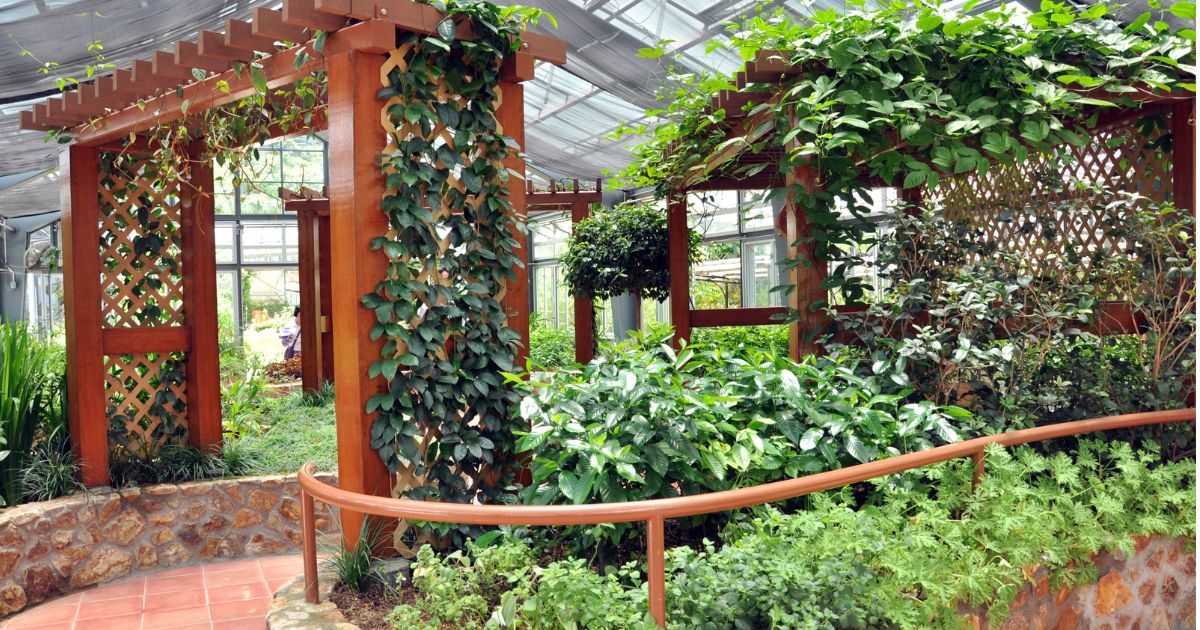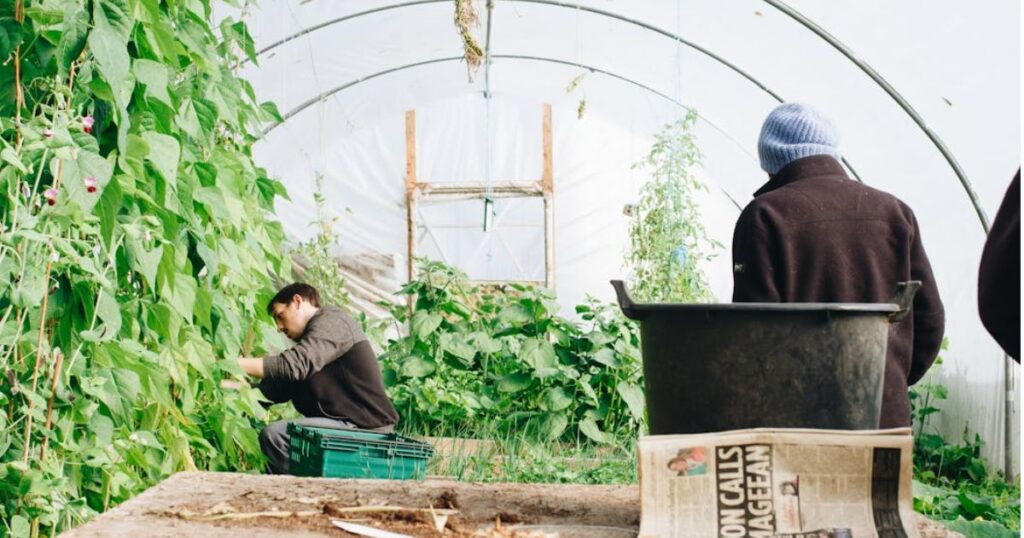Greenhouses are an essential tool for modern gardening and agriculture, allowing for the controlled cultivation of plants in various climates. As more people embrace sustainable practices and seek ways to grow their food, innovative greenhouse designs are emerging to maximize space and efficiency. This blog explores the latest trends in greenhouse design, focusing on how to optimize your growing space while ensuring the best conditions for your plants.
Working with Professional Builders
When it comes to constructing a greenhouse, collaborating with professional builders can make a significant difference in the outcome. Experienced builders understand the complexities involved in greenhouse construction, including site selection, material choices, and design elements that enhance functionality. Investing in professionally made greenhouses ensures that your structure is tailored to meet your specific needs and can withstand environmental challenges. Professional builders can help you navigate the various styles of greenhouses available, from traditional designs to modern, high-tech structures.
They can provide guidance on selecting the right materials, such as glass, polycarbonate, or polyethylene, based on your climate and budget. They will consider factors like ventilation, insulation, and orientation to maximize sunlight exposure, which are crucial for plant growth.
Working with experts also streamlines the construction process, reducing the likelihood of costly mistakes. Their expertise can help you implement innovative design features, such as automated climate control systems and efficient irrigation setups, which enhance the overall efficiency of your greenhouse.
Vertical Gardening Solutions
One of the most effective ways to maximize space in a greenhouse is through vertical gardening. This technique involves growing plants upward rather than outward, allowing for more efficient use of limited floor space. Vertical gardening solutions can take many forms, including wall-mounted planters, tiered shelving units, and trellises.
Incorporating vertical gardening into your greenhouse design not only optimizes space but also improves air circulation and light exposure for your plants. This method is particularly beneficial for smaller greenhouses, where horizontal space is limited. By utilizing vertical space, you can grow a wider variety of plants without overcrowding.
Moreover, vertical gardening can create a visually appealing environment within your greenhouse. The aesthetic appeal of cascading plants can enhance the overall experience of working in your greenhouse while providing a productive growing space.
Hydroponic and Aquaponic Systems
Hydroponic and aquaponic systems are gaining popularity as innovative solutions for greenhouse gardening. These soil-less growing methods allow plants to thrive in nutrient-rich water, maximizing growth potential while using less space and resources.

Hydroponics can be easily integrated into greenhouse designs, providing efficient growing systems that conserve water and nutrients. Similarly, aquaponics combines fish farming with plant cultivation, creating a symbiotic environment where fish waste provides nutrients for plants, and plants help purify the water for the fish.
Implementing these systems in your greenhouse can lead to faster growth rates and higher yields, making them an attractive option for serious gardeners and commercial growers alike. Additionally, both hydroponic and aquaponic systems can be customized to fit various greenhouse layouts, enhancing overall efficiency.
Efficient Climate Control
Maintaining optimal growing conditions in a greenhouse is essential for the health of your plants. Innovative climate control systems are now available to help regulate temperature, humidity, and light levels more effectively than ever before.
Modern greenhouses often utilize automated systems that monitor environmental conditions and adjust them accordingly. For instance, advanced sensors can detect temperature fluctuations and trigger ventilation fans or shade cloths to maintain the ideal climate. This level of control not only promotes healthier plant growth but also conserves energy by reducing reliance on heating and cooling systems.
Integrating renewable energy sources, such as solar panels, into your greenhouse design can further enhance energy efficiency. Solar power can help run climate control systems, reducing operational costs and making your greenhouse more sustainable.
Sustainable Materials and Practices
Sustainability is becoming increasingly important in greenhouse design and construction. Many builders are now prioritizing eco-friendly materials and practices that reduce environmental impact.
Using recycled materials for construction, such as reclaimed wood or recycled glass, can help minimize waste and promote sustainable building practices. Additionally, incorporating features like rainwater harvesting systems can make your greenhouse more self-sufficient by collecting water for irrigation.

Sustainable practices also extend to the types of plants you choose to grow. Focusing on native and drought-resistant plants can reduce water usage and create a more resilient growing environment. By prioritizing sustainability in your greenhouse design, you contribute to a healthier planet while maximizing efficiency.
Customization and Adaptability
A key trend in greenhouse design is the ability to customize and adapt your growing space to meet specific needs. This flexibility allows you to modify your greenhouse layout and features as your gardening goals evolve.
Many greenhouse manufacturers now offer modular designs that can be expanded or reconfigured easily. This adaptability means you can start small and gradually increase your growing space as your gardening skills and interests grow.
Customization also allows you to choose features that suit your unique climate and environment. For example, incorporating additional ventilation options may be necessary in hot climates, while insulating panels may be more suitable for colder regions.
Innovative greenhouse designs are transforming the way we approach gardening and food production. By maximizing space and efficiency through techniques like vertical gardening, hydroponics, and advanced climate control, you can create a thriving environment for your plants. Collaborating with professional builders ensures that your greenhouse is tailored to your specific needs and built to last.
As you explore the latest trends in greenhouse design, consider incorporating sustainable practices and customizable features to enhance your growing experience. Whether you’re a hobbyist or a commercial grower, investing in a well-designed greenhouse can lead to fruitful harvests and a more enjoyable gardening journey.



